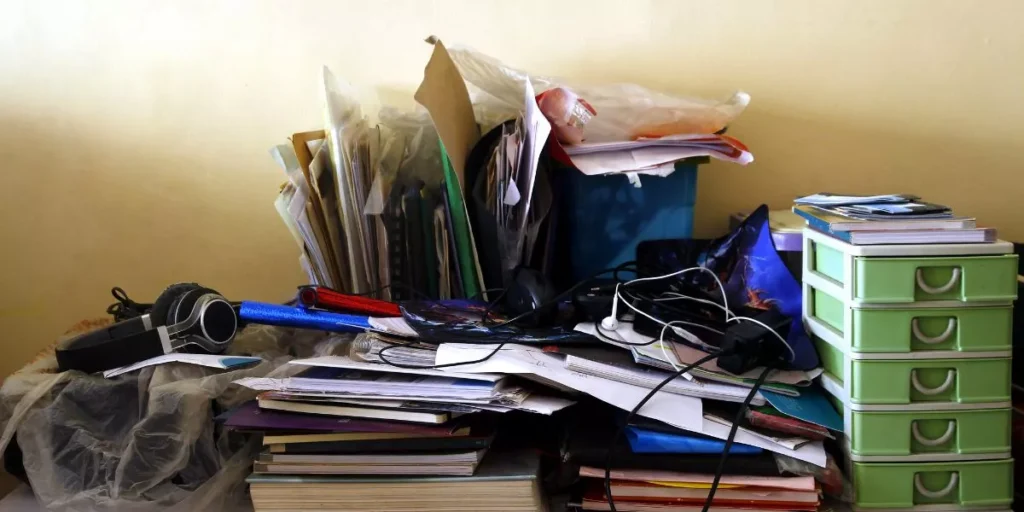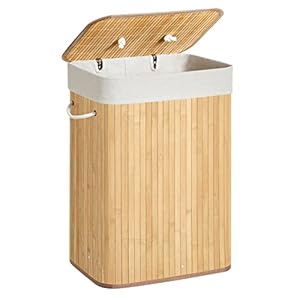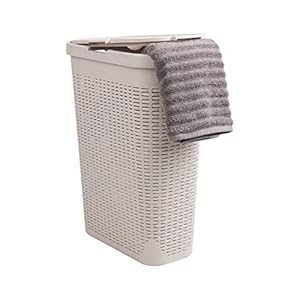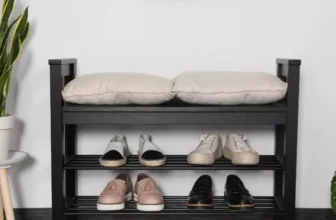
When it comes to tackling paper clutter in your home office, it often starts with a plan of action. The piles of documents can be overwhelming, but with a systematic approach, you can regain control of your space and productivity. By implementing a few key strategies, you can transform your cluttered office into an organized and efficient workspace. So, are you ready to streamline your paper management and create a more functional environment in your home office?
Sorting and Categorizing Documents
To effectively tackle paper clutter in your home office, begin by sorting and categorizing documents into designated folders or bins. This initial step is crucial in creating an organized system that will help you easily locate important papers when needed. Start by gathering all loose papers and receipts scattered around your workspace. Sort through them, separating documents based on their type or relevance. Create categories such as ‘Bills’, ‘Receipts’, ‘Important Documents’, and ‘To-Do Lists’ to streamline the process.
Once you have sorted the papers into categories, label your folders or bins accordingly. This simple act of labeling will save you time and effort in the long run. Consider color-coding your folders for visual organization. For instance, use red for ‘Urgent’ documents and green for ‘Financial’ papers. By implementing this system, you’ll establish a clear structure for storing and retrieving your documents efficiently.
Remember to regularly review and declutter your folders to prevent them from overflowing with unnecessary papers. Set aside time each week to assess and reorganize your filing system. By maintaining this habit, you’ll keep your home office clutter-free and enhance your productivity.
Establishing a Filing System
Get your home office organization on track by setting up a practical and efficient filing system. Start by gathering all your documents and categorizing them into broad groups such as finances, client information, or projects. Within each category, create subcategories for more specific organization. Use clear and concise labels for folders or drawers to easily locate documents when needed. Consider using color-coding to visually distinguish between different types of files. Make sure to regularly go through your files and purge any unnecessary documents to prevent clutter from building up.
Invest in a filing cabinet or storage boxes to keep your physical files organized and secure. Place frequently accessed files within easy reach, and store archives or less frequently used documents in a separate location. Keep a shredder nearby for quickly disposing of sensitive information that you no longer need. By establishing a well-structured filing system, you can streamline your workflow and maintain a clutter-free home office environment.
Going Digital With Scanning Solutions
Consider transitioning to digital solutions by implementing scanning technology to reduce paper clutter in your home office. Scanning documents allows you to create digital copies, making it easier to organize and access your files without the need for physical storage space. Invest in a reliable scanner that suits your needs, whether it’s a standalone device or a multifunction printer with scanning capabilities. Prioritize scanning important documents such as receipts, contracts, and invoices to reduce the amount of paper you need to keep on hand.
When scanning, create a system for naming and organizing your digital files. Establish clear folders and subfolders on your computer to mirror your physical filing system, making it intuitive to locate specific documents when needed. Additionally, consider using cloud storage solutions like Google Drive or Dropbox to store your scanned files securely and access them from anywhere.
Implementing Regular Maintenance Practices
Maintain a consistent schedule for decluttering and organizing your home office space to ensure efficiency and productivity. Set aside time each week to sort through papers, file away important documents, and recycle or shred unnecessary items. By regularly tidying up your workspace, you can prevent clutter from piling up and overwhelming your office.
Create a system for incoming papers to avoid them accumulating on your desk. Designate specific trays or folders for different types of documents such as bills, receipts, and correspondence. Take a few minutes each day to go through these items and address them promptly. This practice will help you stay on top of your paperwork and prevent a backlog from forming.
Additionally, make it a habit to review and purge old files on a quarterly basis. Remove any documents that are no longer needed and archive important records accordingly. Keeping your filing system up to date will save you time when searching for specific information and ensure that your workspace remains organized and clutter-free.
Trending Products














